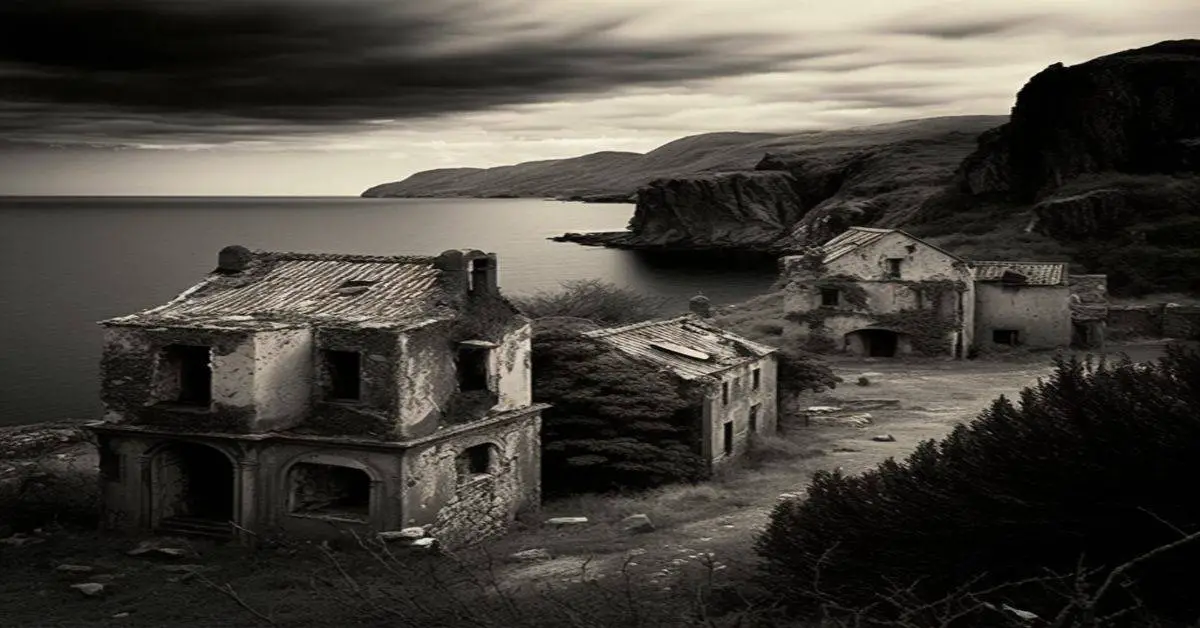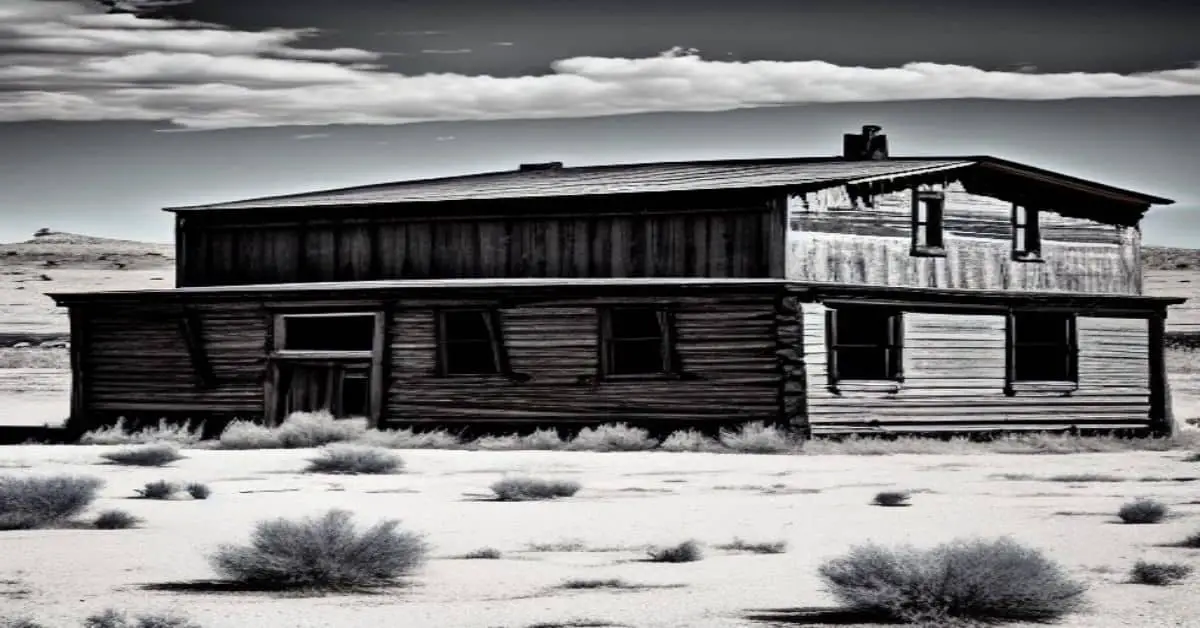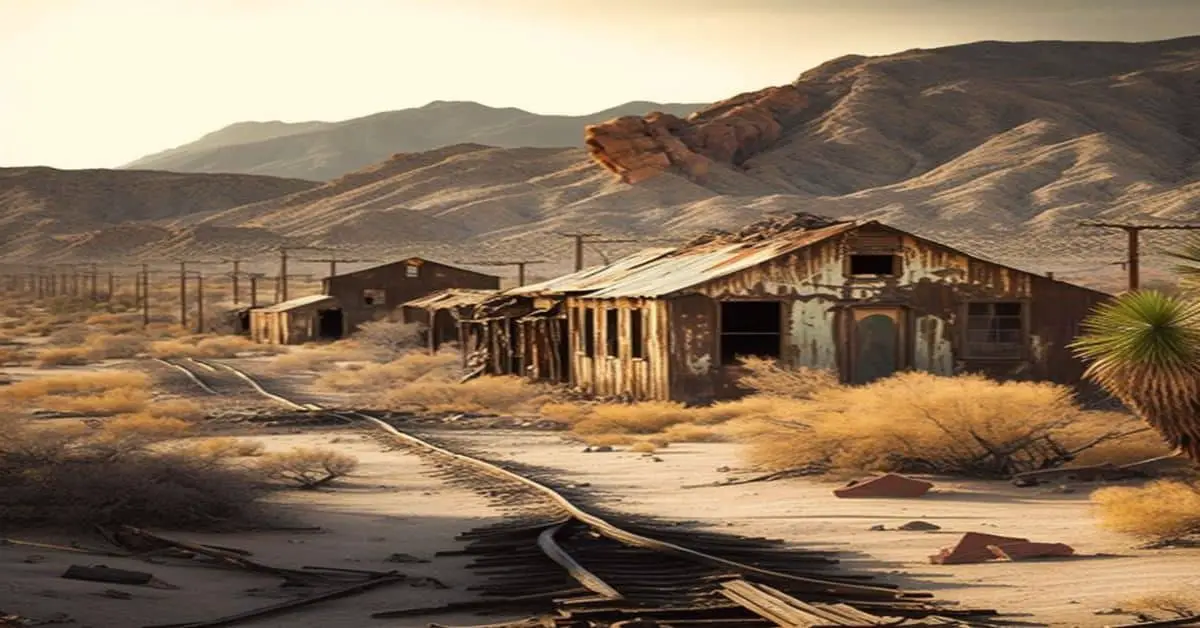Palace Station, located in Yavapai County, Arizona, is a historic landmark that played a significant role in the development of the American West. Originally built in 1874, it served as a stopping point for stagecoaches traveling between the Bradshaw Mountains and Prescott.
It was also a social center for miners who gathered there to share their experiences and enjoy some entertainment. The station was owned by Alfred B. Spence, who was also responsible for opening a sawmill in Groom Creek. The sawmill provided timber for the rapidly growing mining industry in the area.
Palace Station is no longer open today, but the Forest Service still occupies the buildings. This article will explore the origins and significance of Palace Station, its current state, and its plans. Through this exploration, we hope to understand better this important landmark’s rich history and the people who lived and worked there.
Key Takeaways
- Palace Station, Arizona, was built in 1874 as a stopping point for stagecoaches and was owned by Alfred B. Spence.
- It served as a social center for miners and a midway point between Bradshaw Mountains and Prescott.
- Today, Palace Station, Arizona, is occupied by the Forest Service and has no public access or plans for preservation.
- Efforts have been made to restore it to its former glory and turn it into a museum or community center, dependent on funding and community support.
Location and Overview
Located on Senator Highway south of Crook Canyon in Yavapai County, Palace Station was built in 1874 as a stage station. The station served as a midway point between Bradshaw Mountains and Prescott and was a social meeting center for miners.
Today, the forest service occupies the buildings, and the station can be seen from outside.
In addition to the Palace Station, several nearby attractions offer a glimpse into the area’s history. Crooks Canyon is home to the oldest house in the state from pioneer days, and the Bradshaw Mountains were once a bustling gold-digging city.
Several other towns, including Senator Maxton, Venezia, Bueno, and Goodwin, were also destroyed in the area. These historical events and landmarks provide a fascinating insight into the rich history of Yavapai County and offer visitors a unique opportunity to step back in time.
Origins and Significance
The establishment known as Palace Station has a rich history that dates back to the early settlers of Arizona Territory in the 1870s. The station was built as a stage stop in 1874, and it served as a social meeting center for miners traveling between the Bradshaw Mountains and Prescott.
The station was rebuilt in 1878 and became a vital midway point for miners seeking their fortunes in the nearby gold-digging city. Palace Station played a significant role in the mining culture of the region, and it served as a place for stage passengers to rest and refresh themselves.
While the station did not offer overnight accommodations for stage passengers, other travelers would stay there. The station even had a bar, making it a popular socializing spot.
Today, Palace Station remains an important piece of Arizona’s history, and it serves as a reminder of the early settlers and the mining culture that helped to shape the region.
Current State and Future Plans
Currently, there is no public access or plan to preserve Palace Station. The forest service occupies the buildings, and the station is closed to the public.
However, there have been efforts to preserve the station and restore it to its former glory. Palace Station has several restoration possibilities, including turning it into a museum or community center.
However, these efforts are dependent on funding and community support. In the meantime, the Forest Service continues to maintain the buildings and ensure their structural integrity.
Despite its current disrepair, Palace Station remains an important part of Arizona’s history and reminds us of the state’s pioneer days.
Frequently Asked Questions
What events or historical moments are associated with Palace Station and its surrounding areas?
Despite being destroyed by fires and abandoned towns like Senator and Maxton, Palace Station in Yavapai County played a significant role in the gold-digging city in Bradshaw Mountains. The station served as a midway point for stagecoaches and a social meeting center for miners. The impact of the railroad on the area is unknown.
Are there any notable individuals or groups associated with Palace Station that played a role in its history?
Notable figures associated with Palace Station include Alfred B. Spence, who settled in the region in 1873 and built the station, his wife Matilda, and stepdaughter R.J. Lambuth. Influential groups included miners who used the station as a social meeting center.
How did Palace Station and its surrounding areas change over time, and what factors contributed to these changes?
Over time, Palace Station and its surrounding areas experienced changes due to urban development and improvements in transportation infrastructure. These factors facilitated the growth of nearby cities and towns, leading to the decline of the once-thriving gold-digging city in the Bradshaw Mountains.
What artifacts or historical remnants can still be found at Palace Station, and how are they being preserved?
Preservation techniques have ensured that historical remnants such as the forest service-occupied buildings and the nearby cemetery where Alfred Spence is buried, still exist at Palace Station. These artifacts hold significant historical value in the gold-digging city of Bradshaw Mountains.
Are there any ongoing efforts to restore or renovate the Palace Station, and what are the challenges associated with these efforts?
Ironically, while Palace Station remains closed to the public, there are ongoing preservation efforts to restore the historic site. However, the challenges associated with restoration include limited funding, difficulty in obtaining permits, and the need for specialized skills to complete the work.


